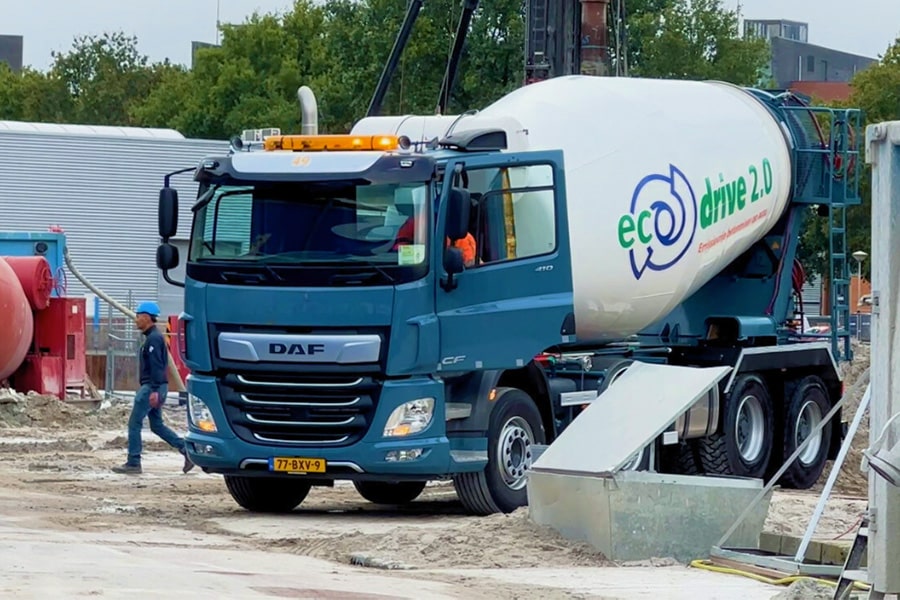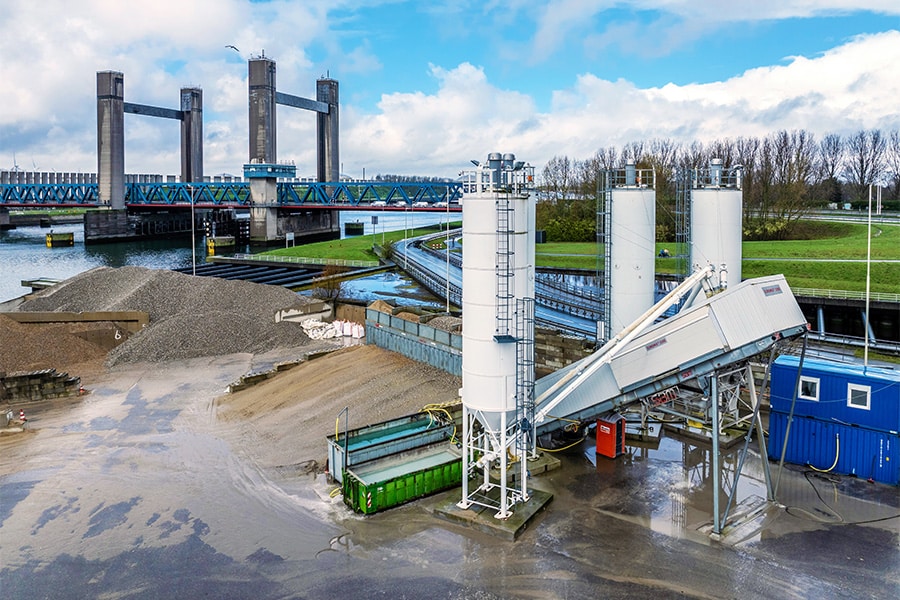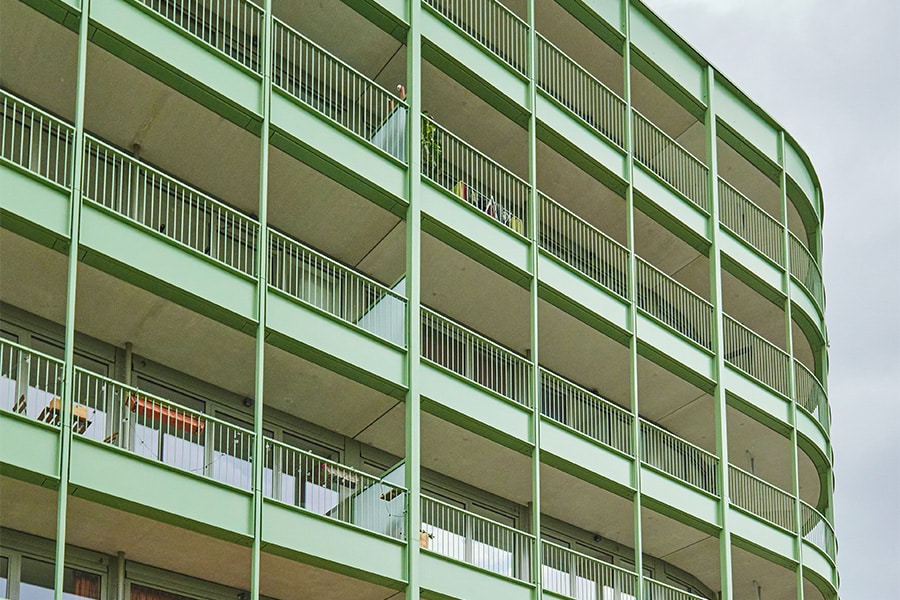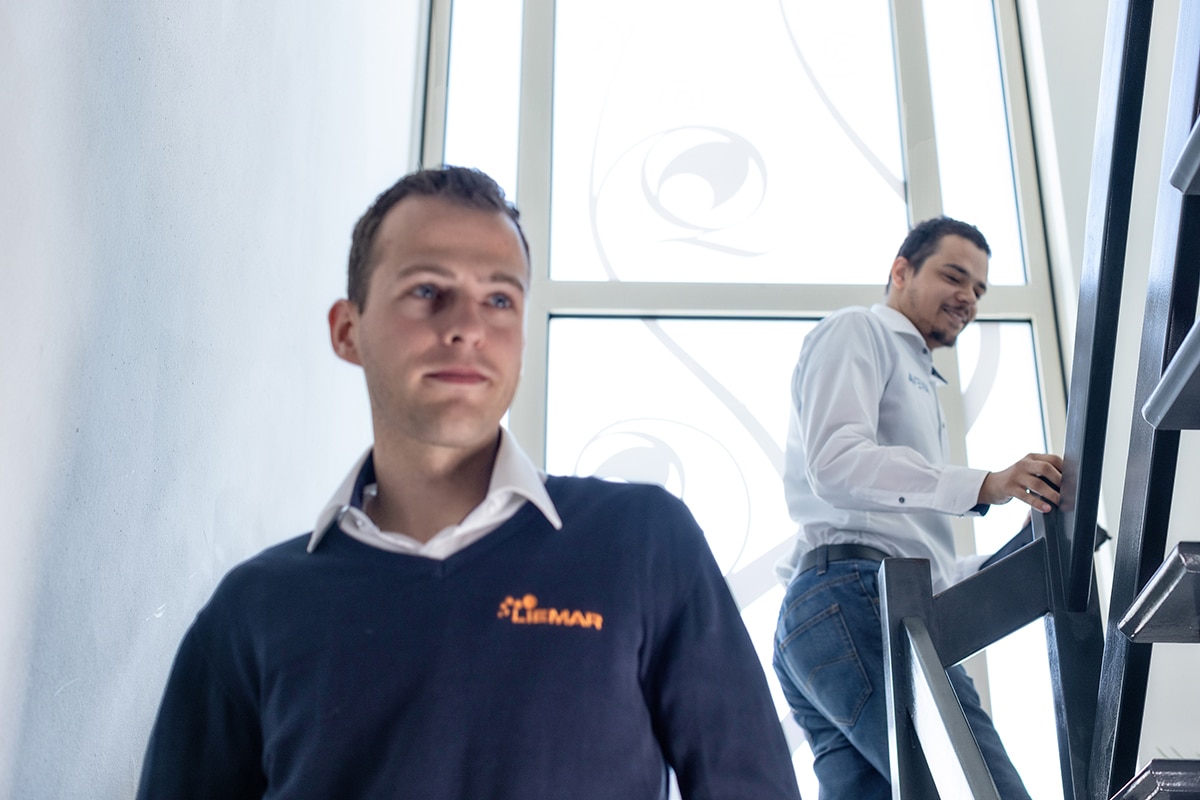
First Concrete House symposium successful
On Tuesday, June 25, 2019, Betonhuis hosted its first symposium in Vianen. The theme of the event was "Concrete for a sustainable future of the Netherlands. The program included several lectures on the circular and CO2 challenges of the concrete supply chain.
Every year we use about 15 million m3 concrete. This accounts for 2% of the total CO2-emissions. For decades, we have been leaders in the use of CO2-poor binders and sustainable concrete structures, but there are new ambitious social issues to go one step further. How was explained during the symposium by several speakers. Chairman Rob van Gijzel indicated that the cement and concrete sector is changing and embracing the circular idea. Regarding the CO2 challenges, he was clear: "We want to move toward a European level playing field. A CO2levy only in the Netherlands is not possible. Then you are getting ahead of the music. There is much concern about the future, but we cannot answer the social questions alone. We have to do that together!"
Concrete has what it takes to meet the goals of the Concrete Accord
Friso van der Zee (Wageningen Environmental Research) talked about Biodiversity in sand and gravel extraction. And came to the conclusion: sand and gravel extraction projects realize numerous new nature areas in the river area. Biodiversity is higher after extraction than before extraction. Wetlands in particular benefit. Sand and gravel extraction projects contribute substantially to water safety. What are the consequences of the legal incorporation of circular construction? This question was answered by Alexandra Boot (Boot advocaten). She indicated that there are already 114 definitions of circular construction." Actually they are all good, but do not use existing legal models, these are not suitable for circular building.", was one of her points. The Dutch government is exploring the introduction of a direct tax on industrial greenhouse gas emissions and a shift in taxation on gas and electricity. Dorine Helmer (PwC) explained the effects of this. Evert Schut (Rijkswaterstaat) advised thinking together about what information you will need in 100 years to be able to make the same product. How do you ensure that that information is preserved. Mantijn van Leeuwen (NIBE) concluded the afternoon. "The transition will require serious investments from clients and companies. Concrete certainly has what it takes to meet the goals in the concrete agreement by 2030. Time is short and the necessary work does need to be done."
Nearly 100 participants
Nearly 100 people participated in the symposium. They were many people from the cement and concrete industry, as well as people working in government or consulting firms and participants in the concrete agreement.
The speakers' (total) presentation is here download.



